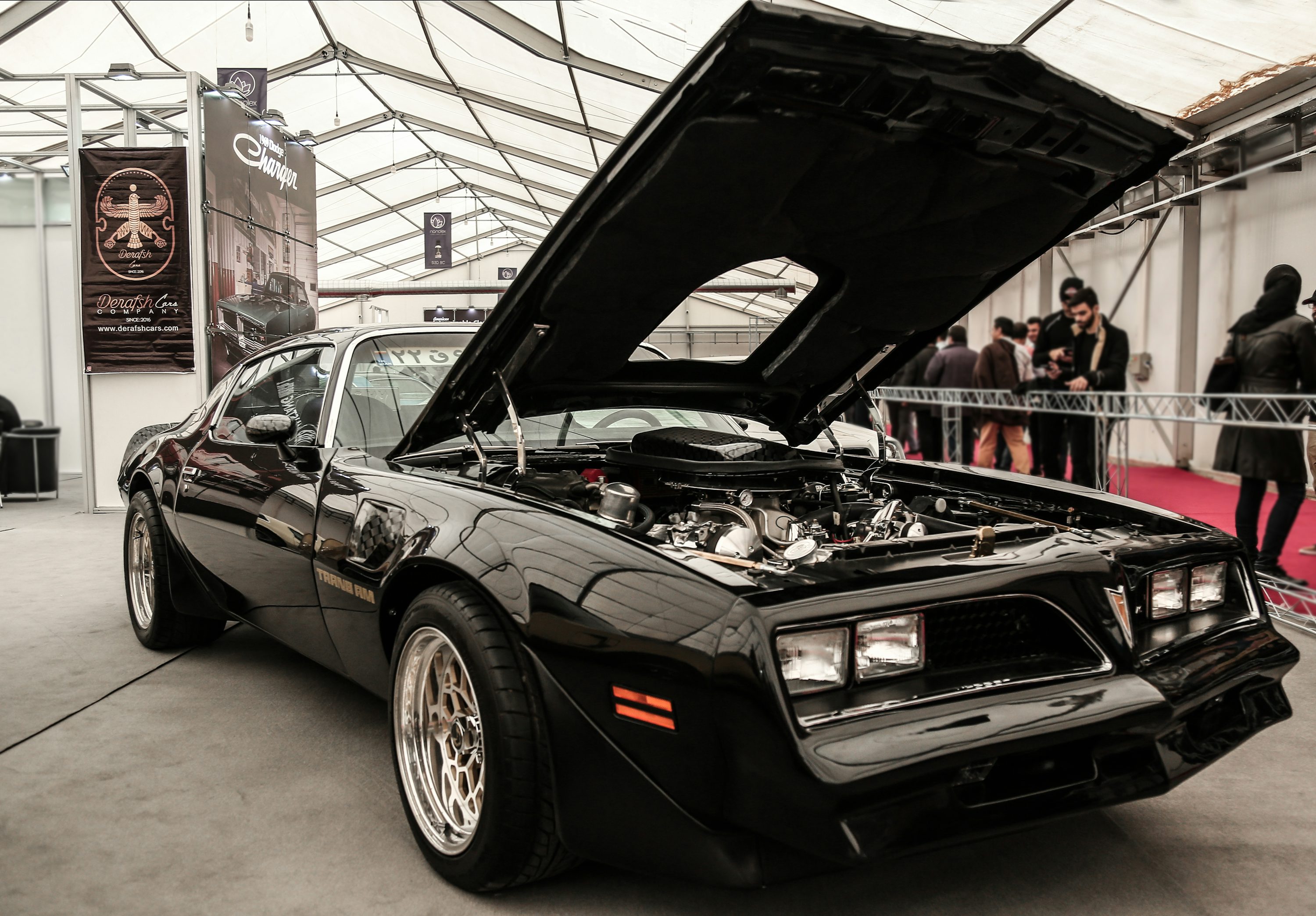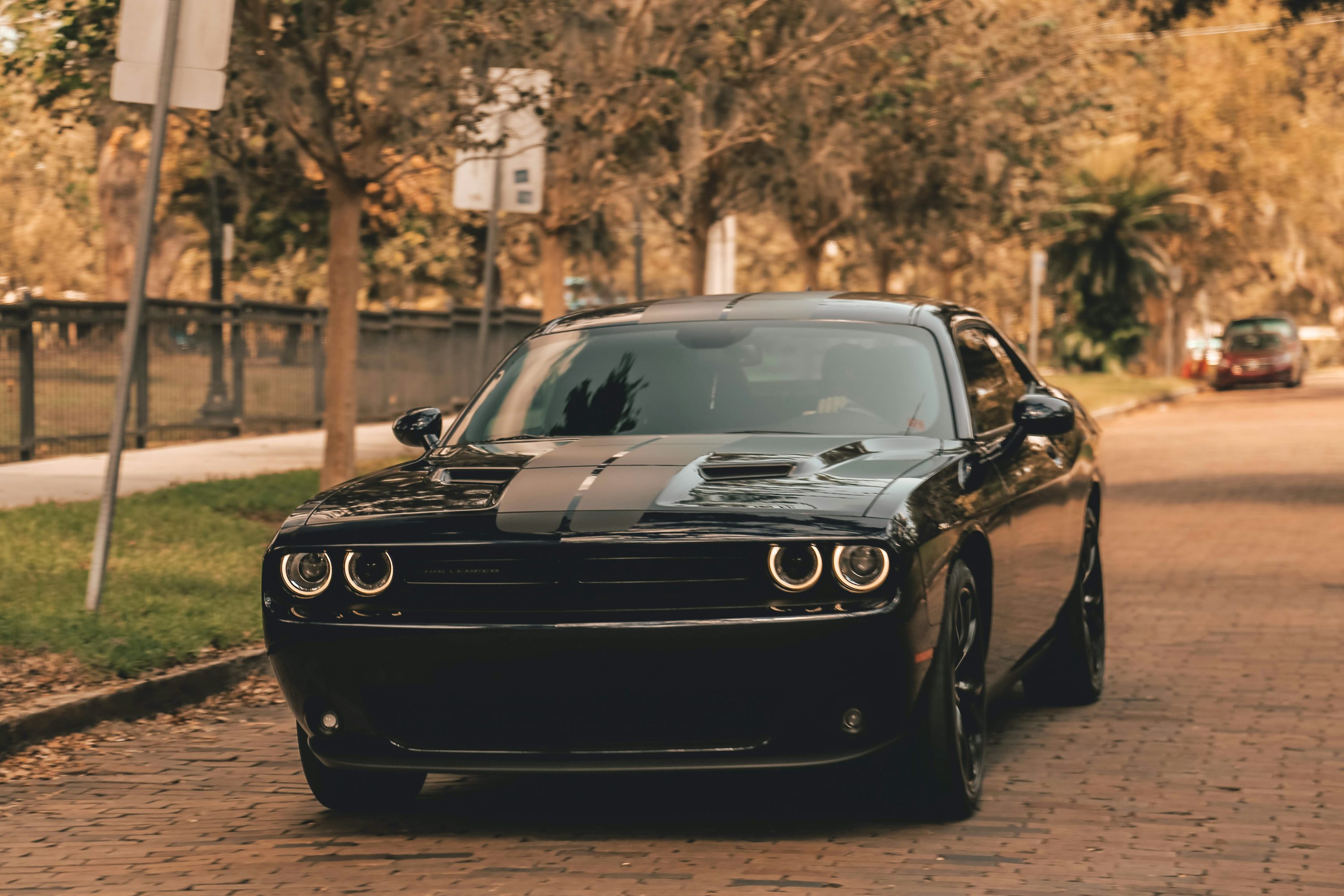- What Sets Muscle Cars Apart
- Golden Age Classics (1960s-1970s)
- Today's Modern Muscle Cars
- Owning a Muscle Car in 2025
- Pros and Cons Worth Noting
- FAQ
Muscle cars are more than just vehicles—they're symbols of raw power, thrilling designs, and a legacy of performance unique to the world of automobiles. For decades, these cars have captured the imagination of drivers. From their roaring engines to aggressive styles, they remain a cornerstone of car culture, appealing to enthusiasts and casual drivers alike.
What Sets Muscle Cars Apart
Muscle cars are distinct in their purpose and build. They're designed with a clear focus on performance and affordability, enticing those who lust for speed and power. Here’s what sets them apart:
Large V8 engines that provide a deep, throaty roar every time you hit the pedal.
Rear-wheel drive layouts that enhance performance and make driving exciting.
Affordable pricing compared to more luxurious European sports cars.
A muscular, aggressive design that turns heads wherever you go.
These cars are built for straight-line speed, prioritizing horsepower over handling. Whether it's the roaring Ford MustangUAE Ford MustangKSA Ford MustangBahrain Ford MustangKuwait Ford MustangOman Ford MustangQatar Ford MustangEgypt Ford Mustang or the unmistakable Dodge ChargerUAE Dodge ChargerBahrain Dodge ChargerKSA Dodge ChargerKuwait Dodge ChargerOman Dodge ChargerQatar Dodge Charger, muscle cars stand in a league of their own.
Golden Age Classics (1960s-1970s)
The era between the 1960s and 1970s is often referred to as the golden age of muscle cars. Automakers were in fierce competition, and the result was a lineup of legendary vehicles that still evoke nostalgia today.
Iconic Models and Their Features
Model | Distinct Features |
|---|---|
Pontiac GTO | Considered the first true muscle car. |
Chevrolet Camaro | A stylish rival to the Mustang. |
Plymouth Barracuda | Offered bold designs and raw power. |
These cars were equipped with larger-than-life engines delivering massive horsepower. That meant thrilling speeds but also a fair share of challenges, such as poor fuel efficiency. Some of these models are still revered classics and fetch high prices in auctions today.
Today's Modern Muscle Cars
Modern versions keep the heart of muscle cars intact while adapting to today’s needs. They offer improved efficiency, higher performance, and more features without losing their heritage. Here’s what you can expect:
Downsized, turbocharged engines lend better fuel economy, so you save on gas costs compared to their predecessors.
Advanced technologies like lane-keeping assist, collision warnings, and touchscreen interfaces bring safety and convenience.
Electric-powered prototypes, such as FordUAE FordKSA FordKuwait FordQatar FordOman FordBahrain FordEgypt Ford Mustang Mach-E, introduce muscle cars into the future of automotive design.
Better handling means you can enjoy driving these cars daily.
Despite modern upgrades, these vehicles still deliver the same excitement muscle car enthusiasts crave. Whether you love classic models or the newer versions, there’s an option to suit every taste.
Owning a Muscle Car in 2025
Muscle cars can make your dream of owning a performance vehicle come true, but they demand specific considerations. Before jumping in, make sure you evaluate your choices carefully.
Budget Planning
Insurance Costs: Big engines mean higher premiums in many cases. Compare policies to find the best rates.
Fuel Expenses: These vehicles tend to be thirstier, but turbo options are more efficient.
Maintenance Needs: Older models might require specialized parts or technicians. Factor this into your budget.
Tips for Buying
Local auto dealerships might offer pre-owned muscle cars at discounted prices.
Attend automotive expos to get up close with both modern and vintage muscle cars.
Explore online communities for model reviews and maintenance advice.
Always check import laws for emission restrictions or road approval requirements if buying internationally.
Pros and Cons Worth Noting
Owning a muscle car has its upsides and downsides worth considering before making the purchase.
Advantages
Thrilling engine sound that creates an unmatched driving experience.
Performance upgrades available at costs lower than luxury sports cars.
Classic models tend to retain their value if properly cared for.
Challenges
Firm suspensions may feel uncomfortable on rugged roads.
Limited storage space compared to SUVs and sedans.
Higher maintenance demands as compared to everyday vehicles.
FAQ
Do all muscle cars have terrible gas mileage?
Not necessarily. Modern versions, especially those with smaller turbocharged engines, offer much better fuel efficiency than vintage models.
Can I use a muscle car as my daily driver?
Yes. Many contemporary muscle cars come equipped with tech improvements, comfortable interiors, and even weather modes for snow or rain.
Are electric vehicles replacing traditional muscle cars?
While EV prototypes like Mustang Mach-E are gaining traction, gas-powered muscle cars continue to enjoy popularity among fans of classic power and design.
What makes muscle cars different from sports cars?
Muscle cars are focused on straight-line speed and are often more affordable, whereas sports cars prioritize handling, balance, and track-ready performance.
Read More:
Toyota bZ4X:Your Essential Guide to the Popular Electric SUV
Toyota Corolla Cross Hybrid:The Future of Smart Driving
Toyota Land Cruiser Prado:What Makes It a Global Off-Road Icon?










